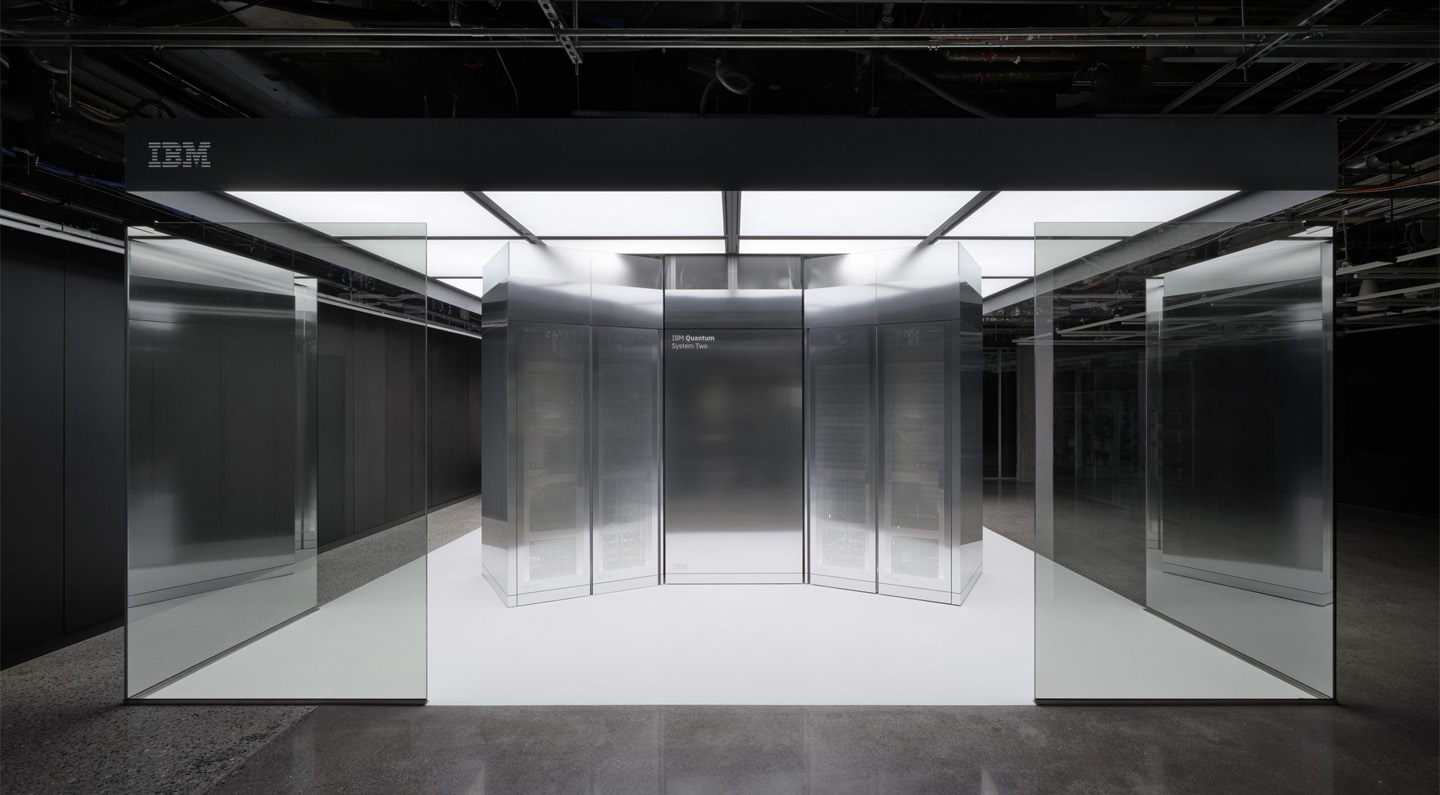The National Energy Research Scientific Computing Center (NERSC) at Lawrence Berkeley National Laboratory is a powerhouse for computing in science research, enabling the work of nearly 11,000 scientists every year. Research powered by NERSC systems is helping transform our understanding of everything from fundamental physics to deadly viruses and paving the way for artificial intelligence breakthroughs.
Sudip Dosanjh, director of the National Energy Research Scientific Computing Center (NERSC), discusses the future of computing and the integration of AI and high-performance computing to enhance scientific discovery.
Here are some ways Berkeley Lab's scientific computing giant is pushing the boundaries of discovery.
1. Leading the AI Revolution in Scientific Discovery
NERSC is pioneering the integration of artificial intelligence into scientific research workflows. Its systems are explicitly designed to handle the unique demands of scientific AI applications, which can differ significantly from commercial AI tasks. Researchers leveraged NERSC's AI capabilities in a groundbreaking physics project that uncovered new insights by applying AI to process billions of data points from subatomic particle collision data sets. Another effort by Nobel Prize winner and NERSC user David Baker used AI to design entirely new proteins that could solve challenges in fields such as medicine and technology. These approaches found patterns human researchers might have otherwise missed, demonstrating how machine learning can accelerate discoveries in fields ranging from fundamental physics to materials science to genomics.
2. Unlocking the Mysteries of the Universe
NERSC is helping astrophysicists map the cosmos and unravel its biggest mysteries. The center provided computing power and storage capacity for the Dark Energy Spectroscopic Instrument (DESI), which is creating the largest 3D map of the universe ever made. This map will help scientists better understand dark energy-the mysterious force accelerating the universe's expansion. DESI data has already provided tantalizing hints that the standard model of our universe may need to be revisited. NERSC's systems process the massive amounts of data produced by DESI's observations of millions of galaxies, helping answer fundamental questions about how our universe works.

3. Designing Better Materials Through Computing
Scientists are using NERSC to simulate and design materials at the atomic level before ever creating them in the lab. This computational approach is helping develop next-generation batteries with higher energy storage capacity, more efficient solar cells, and stronger lightweight materials for transportation. In one notable achievement, researchers used NERSC's systems to predict the properties of over 100,000 potential new materials, identifying several promising candidates for lithium-ion battery components that could significantly increase electric vehicle range.
"NERSC will play a key role in advancing quantum computing by investigating the intersection of quantum and classical computing systems and developing software and algorithms that leverage that enhanced computing power."
- Sudip Dosanjh
4. Investing in Our Quantum Future
In the not-too-distant future, quantum information systems will revolutionize how we combat disease, design new materials, analyze vast amounts of data, and understand the building blocks of life and how our universe works. That's why NERSC is integrating quantum information technologies with high-performance computing technologies. Since 2022, the QIS@Perlmutter program has allowed researchers hundreds of thousands of computing hours for Quantum Information Science projects, leading to many scientific advances.
Moreover, NERSC is collaborating with industry to help refine quantum hardware including an R&D partnership with QuEra Computing to study problems in high-energy physics and chemistry, and IBM's Quantum Innovation Center, where NERSC users access quantum computers over the cloud for their research.

5. Working Toward a Connected Future for Science
The future of scientific research is one of collaboration and integration, utilizing the power of team science and technology to accelerate the pace of innovation. Building on the pioneering Superfacility model, seamlessly connecting experimental facilities, supercomputers, and data resources, NERSC is facilitating an integrated research infrastructure that's greater than the sum of its parts. This approach has enabled real-time analysis of experiments at scientific facilities around the world, accelerating the pace of discovery across disciplines.
NERSC continues to upgrade its systems and capabilities. The NERSC-10 project will deliver a next-generation supercomputer by 2027, which will be critical for enabling new and interconnected modes of scientific discovery. NERSC remains at the forefront of scientific computing, helping researchers tackle our biggest challenges, from energy research to understanding the fundamental nature of our universe.
Further reading:
NERSC: 50 Years of Scientific Computing
NERSC@50 Seminar: Stephen Bailey – Making a 3D Map of the Universe at NERSC with DESI






